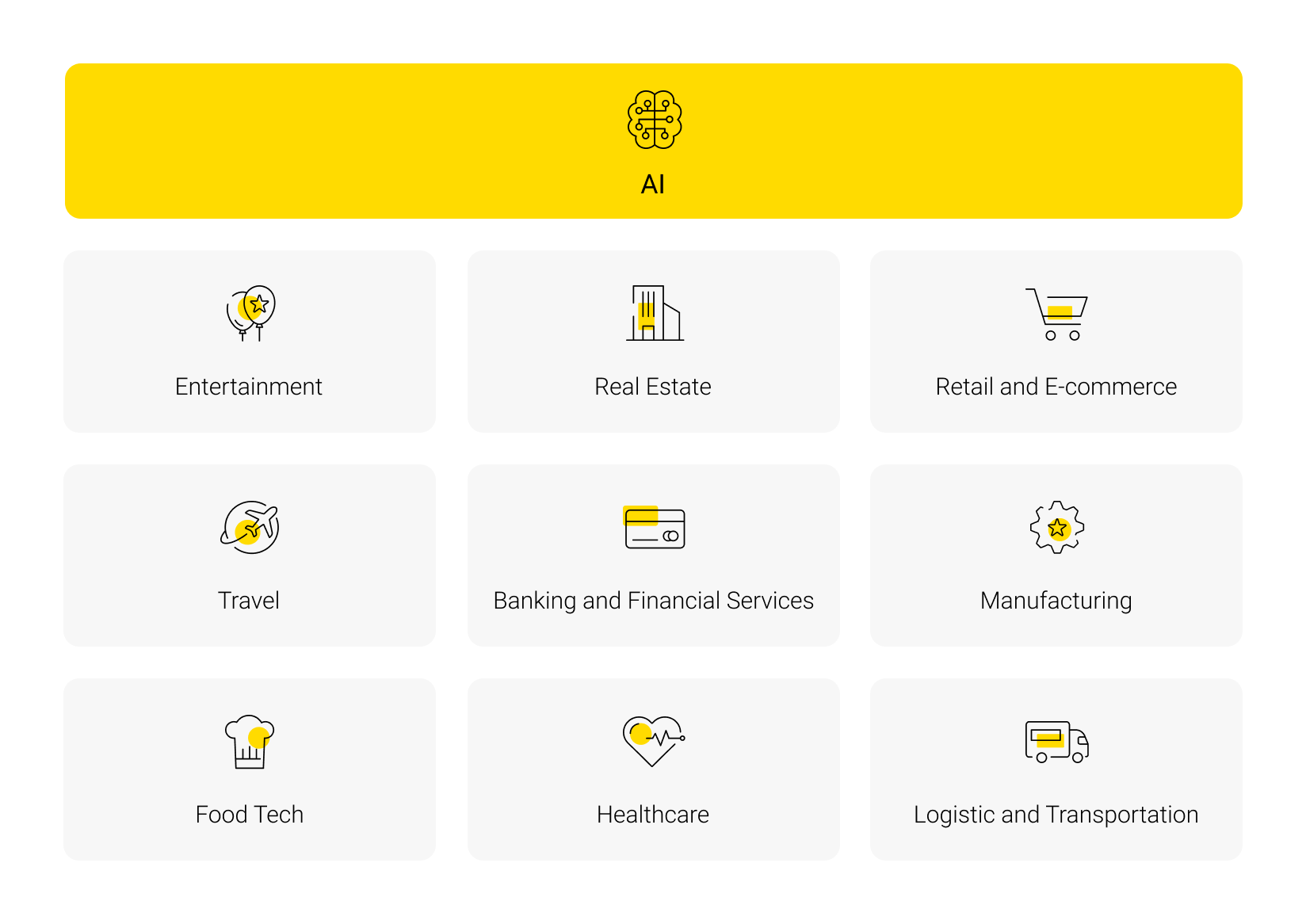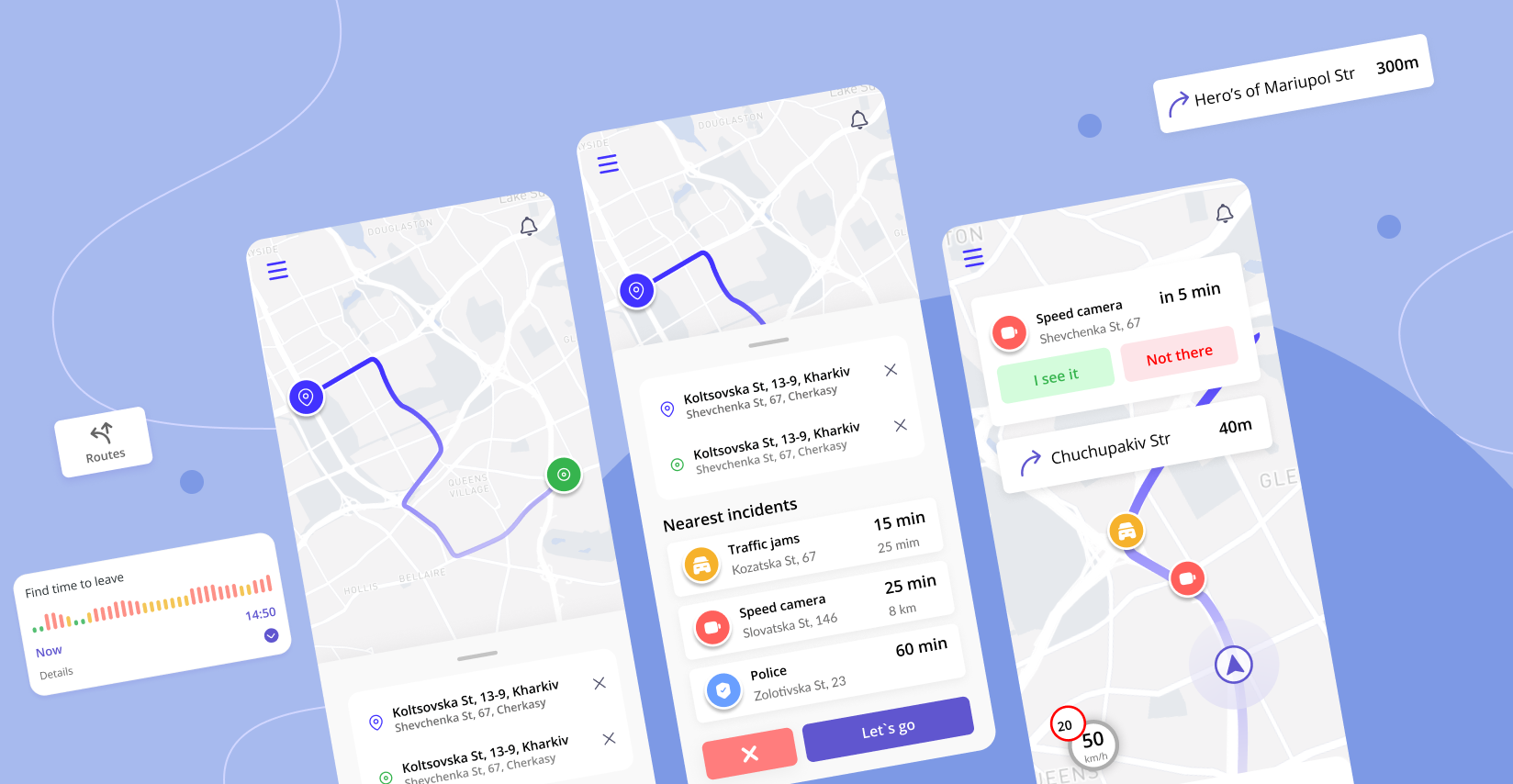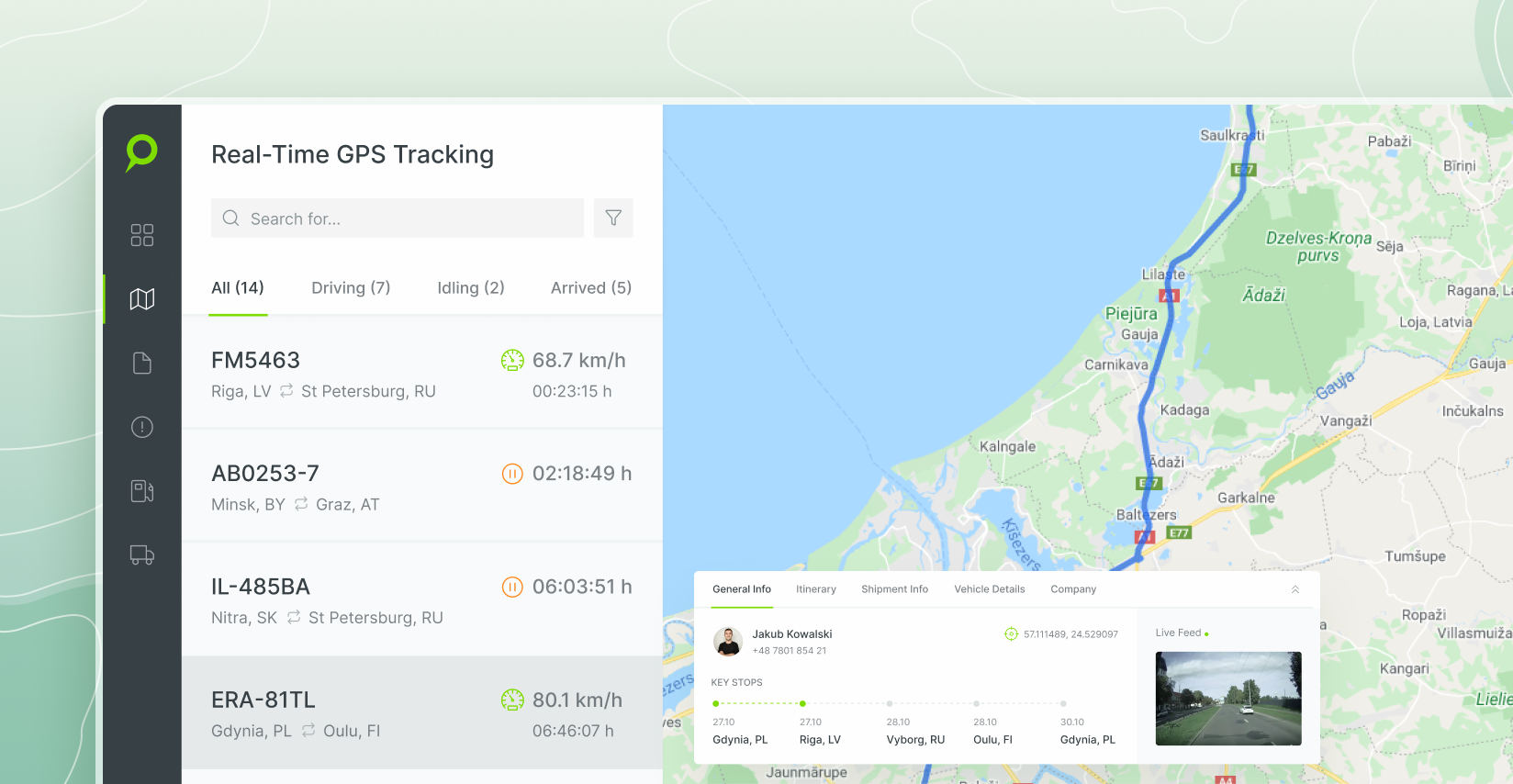- The evolving demands and latest trends in the automobile industry
- E-vehicles
- Shared mobility
- Autonomous driving
- Fleet management
- Wrapping up
The automotive industry is undergoing a breathtaking transformation. We at Andersen are fully aware of this change. Automotive software companies and the rapid progress in information technology are driving these remarkable advancements. Today, we will provide a concise yet comprehensive assessment of the current technology trends in the automobile industry and discuss the important role that innovative tools play in shaping its current trajectory.
The evolving demands and latest trends in the automobile industry
The automotive sector, being a significant and intricate area, encompasses all the entities and processes related to the manufacturing of vehicles and their components, intended for sale to both individuals and companies. Traditionally, the primary focus of this definition revolved around motor vehicles, internal combustion engines, and individual ownership.
In the near future, this conventional framework is predicted to fade into the annals of history, making way for a new reality driven by information technology.
The automotive industry is undergoing a profound transformation in response to changing usage patterns and driving techniques, with shared mobility, electric vehicles, and digital automotive products playing significant roles. Technology-driven platforms that prioritize connectivity and user experience are contributing to the growing popularity of shared mobility and ride-hailing. The rise of EVs is causing revolutionary changes in battery systems, charging infrastructure, and energy management. Users are redefining their in-car experience through advancements in autonomous driving, V2V/V2X communication, and ADAS. These latest trends in the automobile industry are ushering in a new era of mobility characterized by IT, connectivity, and sustainability in the entire sector.
As Mary Barra, Chair and CEO of GM, put it, the industry will face a full-fledged revolution in technology, determined by “convergence of connectivity, electrification, and changing customer needs.”
Several factors are driving this shift in technology and the current trends in the automotive industry:
- the latest ecological concerns and a rising need for more eco-friendly EVs,
- technical advancements ensuring enhanced connectivity and AI-powered autonomous driving,
- hot trends revolving around sharing and using instead of possessing cars.

PwC experts have analyzed the recent trends in the automobile industry and the latest technology advancements. They have arrived at the conclusion that “the car of the future” is “electrified, autonomous, shared, connected and yearly updated.”
Considering the above-mentioned aspects, let’s explore four important impacts on the sector:
- Electrification and battery software;
- Autonomous driving;
- Shared mobility;
- Fleet management.
E-vehicles
Undoubtedly, electronic vehicles will be one of the predominant future trends in the automobile industry. McKinsey's experts predict that around 2030, “the share of electrified vehicles could range from 10 percent to 50 percent of new-vehicle sales.” This has significant implications for manufacturers, as it underscores the need for more affordable and dependable batteries that can be effectively managed, monitored, and evaluated through advanced digital systems.
Three years ago, battery management systems had a market size of $5.81 billion. According to the latest forecasts, by 2027, it will reach as much as $24.83 billion. To reap the benefits of this growth, car manufacturers and their IT departments and associates must make sure that their battery management systems can effectively perform such important functions as:
- keeping track of the charging and discharging of batteries in a controlled and efficient manner,
- providing timely updates on the condition of a battery,
- putting in place automated safety mechanisms to avoid battery harm.
With the latest tendencies in mind, McKinsey believes that a standard electric vehicle platform should be able to effortlessly integrate an “HV battery, charger, e-motor, and further HV components.”

Shared mobility
As of 2023, this is one of the key technology trends in the automotive industry. Two years ago, its global market – which can be understood as the “shared utilization of mobility resources, thus providing short-term and on-demand access to vehicles” – was estimated at $251 billion. If automotive software development proceeds as predicted, it should exceed $1,000 billion by 2027. What has been causing the growth of this technology?
This phenomenon is part of the latest trend towards a sharing and subscription-based economy that is evident in various industries. The underlying rationale behind its popularity lies in the opportunity to enjoy the advantages of using vehicles without incurring the costs and responsibilities associated with car ownership.
For this reason, this segment offers several ways for end-users to access mobility:
- Car-sharing and car-pooling;
- Micromobility (i.e., usage of bikes and e-scooters);
- E-hailing, aka ride-hailing that may also include ride-splitting;
- Microtransit.

All these areas have an immense need for digital platforms and, possibly, IoT technology for:
- online car booking tools and reservations systems (OBT),
- integration with OTA websites and CRM solutions,
- IoT-based car tracking tools meeting the latest standards,
- communication channels,
- service-reporting tools,
- etc.
Autonomous driving
One more significant automotive digital trend worth mentioning is autonomous driving. By the year 2030, 800,000 robo-cars could be built every year. The latest breakthroughs in AI technology, in addition to various other factors, are driving this potential growth:
- Demand for higher comfort;
- Need to diminish the likelihood of accidents caused by human error;
- Emphasis on business efficiency and connectivity;
- The rise of e-vehicles, which means enhanced connectivity and more room to implement AI technology.
Fleet management
And the last technology trend in the automotive industry we are going to cover in this piece is building robust fleet management systems. The evolving trends in car usage and shared mobility highlight the growing demand for efficient fleet management tools. According to Deloitte's analysis of the European market, nearly two-thirds of cars are sold to corporate entities, necessitating pioneering solutions to effectively manage their diverse fleets of connected, shared, and autonomous vehicles. Deloitte's experts emphasize that the Total Cost of Ownership (TCO) comprises two main components in this regard:
- 40% of the TCO is related to the “actual vehicle,”
- 60% of costs “are incurred during the use of the vehicle itself.”

The latest trends prove that fleet management solutions are vital for fleet owners. These digital solutions enable them to cut expenses associated with the following issues:
- tracking depreciation,
- monitoring fuel consumption,
- dealing with repair and maintenance,
- interest rates (if loans are used) and insurance payments,
- fees.
Wrapping up
Regardless of the speed and complexity of the ongoing automotive revolution and the latest technology, cooperating with a dependable IT provider can offer businesses a viable and cost-effective technological solution to stay ahead of the curve. Andersen's comprehensive expertise, skilled IT talent, and advanced practices empower us to create automotive software of any complexity, including innovative products such as:
- automotive car platforms,
- connectivity and telematics tools,
- car rental solutions,
- fleet management systems, and others.
Contact us to apply the latest trends in the automotive industry and create a robust product that is fully compatible with current technology and market demands. Andersen’s professionals possess the relevant knowledge and expertise to turn your business ideas into reality.



